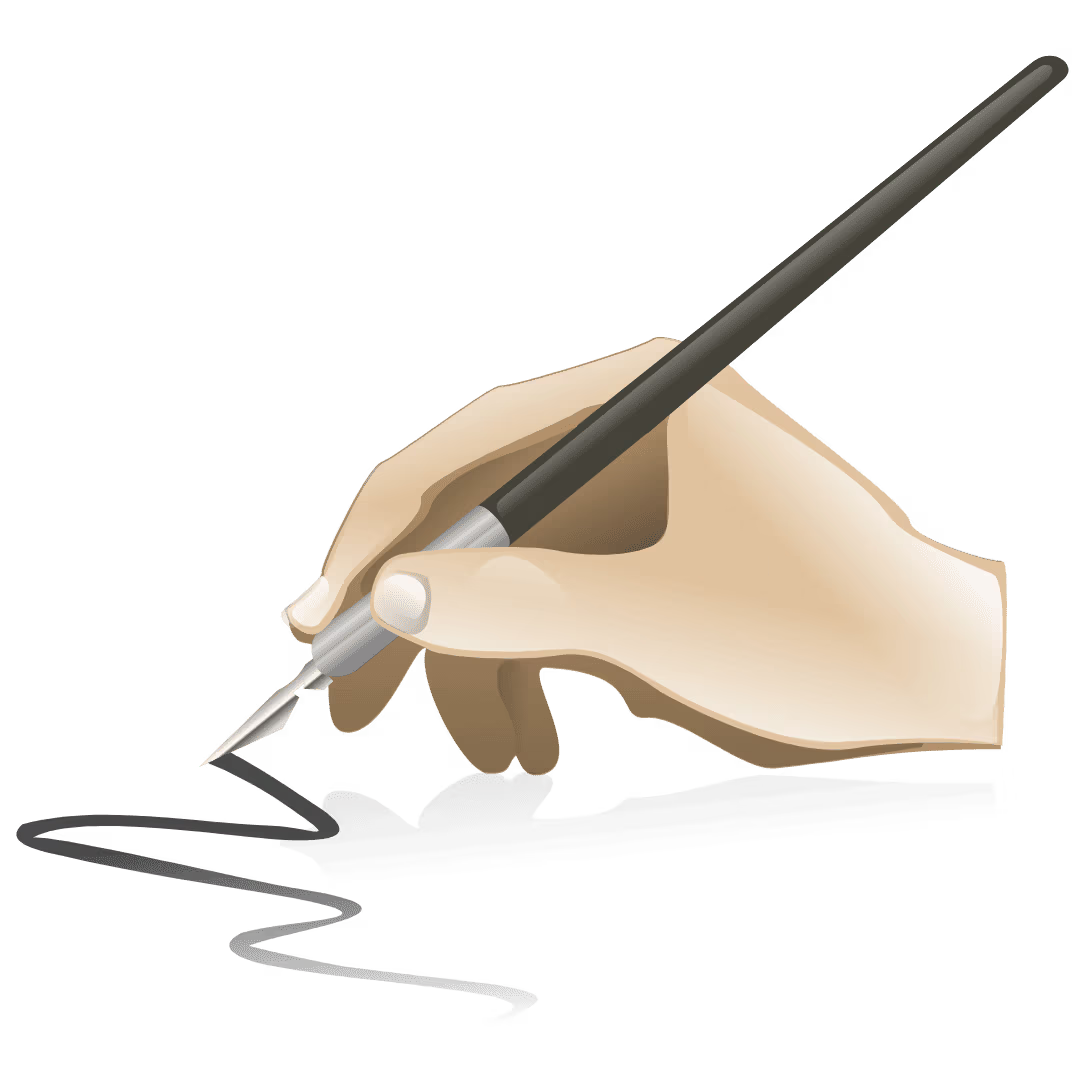A great writer must be skilled at telling a tale, creating believable characters, and keeping the reader’s attention from the very first page. Additionally, as a crucial part of the publication process, they must grasp the craft of book editing.
Even if you want to work with a professional editor, you should still include editing your book in the writing process.
Ways to Self-Editing Your Book
Following these eight stages can help in self-editing your book:
1- Take a Break from Your Book
Take a break after writing your work before starting the editing process. In his book On Writing: A Memoir of the Craft, Stephen King claims that after completing the first draught, he stores the book for six weeks before pulling it out to be edited.
You can revisit your experience with new eyes and a clear mind if you put some distance between you and it.
2- Read your Book Loudly
Hearing a book read aloud can highlight any mistakes in a manuscript. Read your book to yourself or a friend. You can record it yourself while reading it and play it back again. Keep a copy of your book open on your computer, revising any grammatical issues you hear or making book revision notes to revisit.
3- Consider the Big Picture
A developmental edit ought to be the first thing you do while self-editing. Look for any plot problems. The flow from beginning to end should be created through a logical progression of book points.
Look for plot gaps that need to be closed. Make sure the subplots flow naturally from the main plot. Ensure your primary character and supporting cast have believable traits, clear motivations, and three-dimensional personalities. Make sure your point of view is constant throughout your book while paying attention to character specifics.
4- Detailed Scene-by-Scene Editing
Make sure every scene serves a function, such as moving the plot along, intensifying the tension, or fostering character growth. Examine the conversation as you split the scenes and eliminate any superfluous banter.
Ensure the climactic moment is satisfying, ties up all loose ends, and the opening is excellent.
5- Be a Copy Editor of your Work
Verify the copy’s structural integrity on your subsequent pass. Line by line, correct the fundamental errors and check your spelling. Make sure there is only one gap in between each statement. Also, correct spelling and grammar mistakes.
Additionally, look for and replace any “crutch words” that appear too frequently in your book. Lines written in the passive voice should be changed to active voice. Check your word choice and phrase structure, always remembering that simple is preferable.
6- Accuracy Check
Make sure the data you offer is accurate if you’re producing a non-fiction book or a piece of historical fiction. To ensure the accuracy of every statistic, genuine tale, or fact you use in your book, find the sources for them.
7- Get Help from a Proofreader
After you’ve finished editing, engage a proofreader. A second set of eyes to review your book last time can never hurt. You might miss errors if you don’t proofread.
8- Arrange Your Manuscript
Always ensure your book is structured correctly before submitting it to a literary agent. Use the rules of industry-standard book formatting if you are unsure how a specific agent or publisher prefers a manuscript.





















